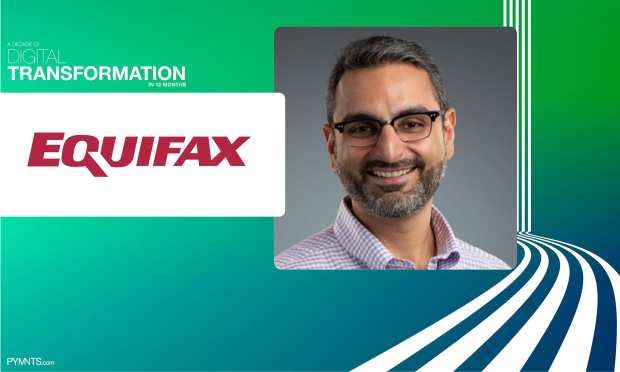The Customer Experience Is Always Right

In A Decade of Digital Transformation in 12 Months, 46 C-suite executives spoke with PYMNTS for its Q2 eBook on what the world will look like as recovery rolls on and the next iteration of normal rolls out. In this excerpt, Sid Singh, CEO of Equifax, discusses how in today’s post-COVID reality, the customer has more power than ever before, and how digital identity trust is critical.
Read the entire eBook here.
“The customer is always right.” That phrase, popularized by the earliest department store entrepreneurs, changed the face of retailing forever. For the first time, the power of the customer was fully acknowledged. In today’s post-COVID reality, the customer has more power than ever before.
In the last 12-18 months, people moved online in record numbers. We viewed the highest eCommerce growth in at least two decades, with 451 Research reporting that one in three consumers is more comfortable shopping online no than were at the onset of COVID-19. Digital became the norm, and transforming business for this digital reality became a matter of survival.
While America is once again “open for business,” the online customer is here to stay. That said, COVID-19’s lasting effect on the industry isn’t just the drive to digital. The pandemic drove a permanent convergence of eCommerce and consumer finance, with the rapid growth of digital banking, more online underwriting and more contactless payments.
Today’s online environment demands that consumers have the same – if not a better – experience on a bank or FinTech’s digital platform as they do on a major eCommerce retailer’s site. The result is a shift in digital experience expectations unlike anything we’ve ever seen before.
What does this mean for your business? In the post-COVID economy, the customer experience is always right – and the experience you provide can make or break your ability to optimize your business growth post-pandemic. That experience begins with how quickly you can authenticate your customer and establish digital identity trust.
Digital identity trust is an understanding of the level of trust or risk associated with the identity behind every interaction. It comes from the confidence of knowing that verification results are the start of your customers’ journey. It comes from showing your customers that you truly know them. And it comes from providing them with the same easy, elegant digital experience they’ve come to expect from leading retail brands – even if you are a financial services company.
This identity trust needs to be established in near-real-time. The last year of digitalization has raised expectations for the online experience. Customers expect authentication to be no more than a footnote in the story of their time with you.
To best prepare for the next phase of digital transformation, retailers and their juxtaposition of brick-and-mortar and eCommerce can provide a post-pandemic roadmap for banks and FinTechs looking to strike a balance between usability and authentication.
With roughly equal focuses on operations, fraud management and new feature expansion, no one area of investment stands out for retail merchants. The need for balance – and for bringing innovation and fraud teams together from the getgo – is a big takeaway from the retail approach.
Retailers don’t treat authentication and fraud as a siloed issue at checkout. Instead, they focus on understanding the identity of each customer or potential customer they come into contact with. And as they understand that identity, they determine the extent to which that individual can be trusted. This not only helps them authenticate quickly and prevent fraud, but also helps create more personalized experiences for customers.
We expect this need to grow post-COVID, and it’s why we made a major investment in this area with our acquisition of Kount earlier this year.
When the customer experience is always right, digital identity trust is critical. You must be able to rapidly determine the level of trust for each identity behind every payment, account creation and login event – and you must know that the person to which you’re bringing your offer is the right one.
